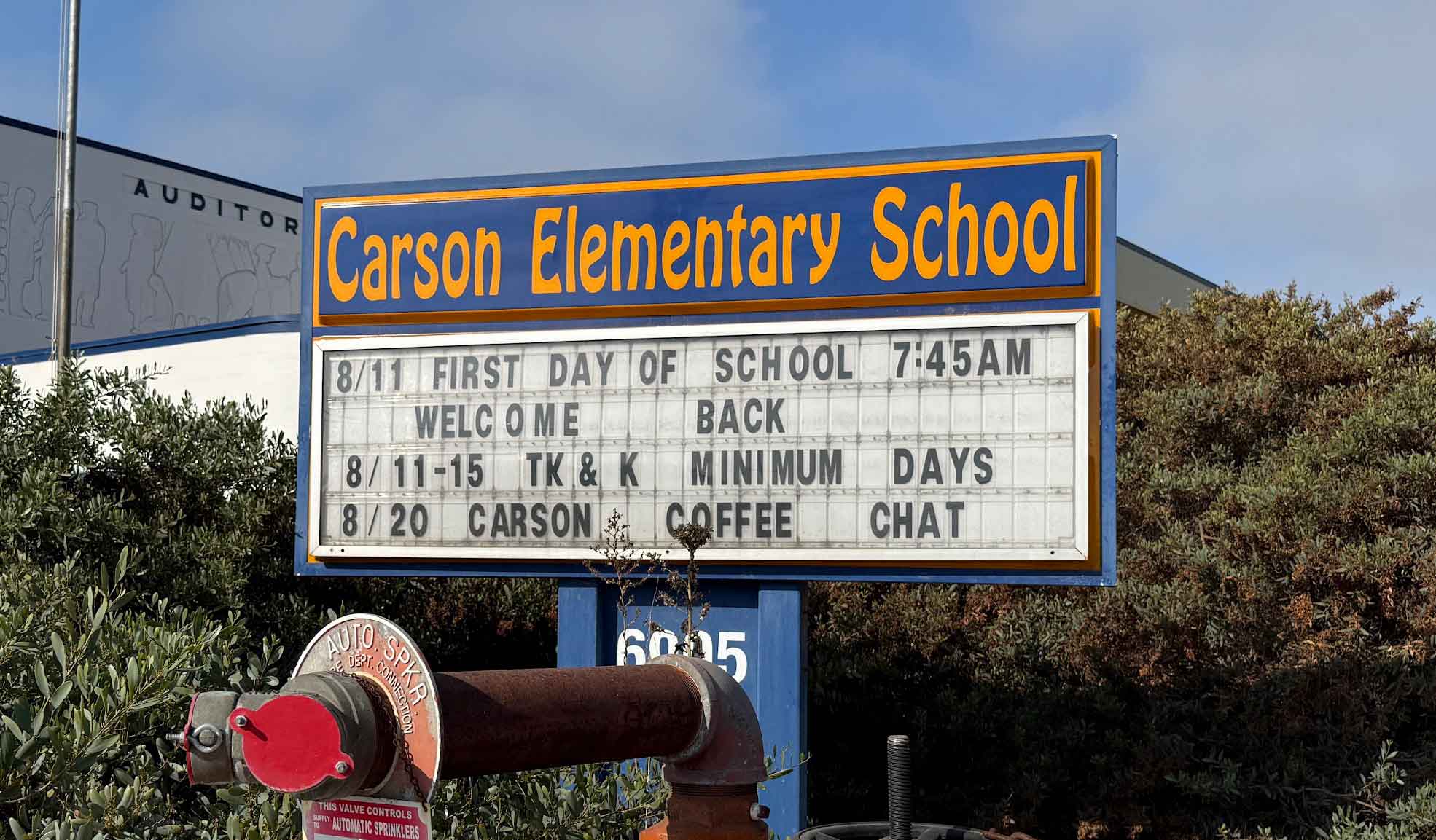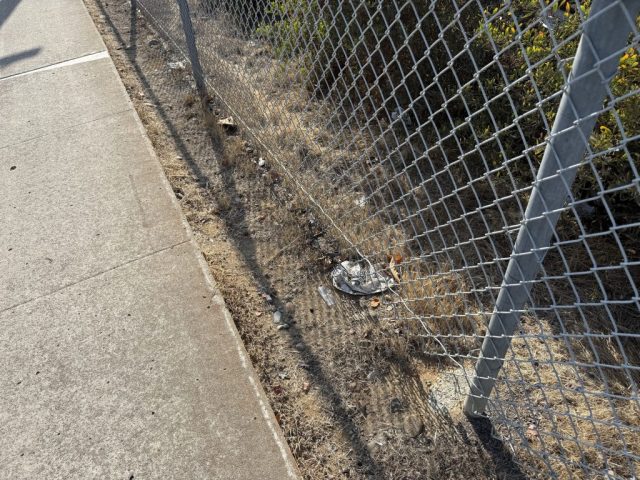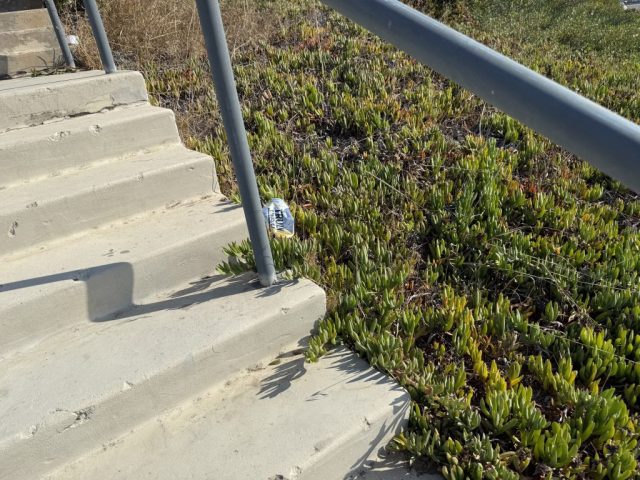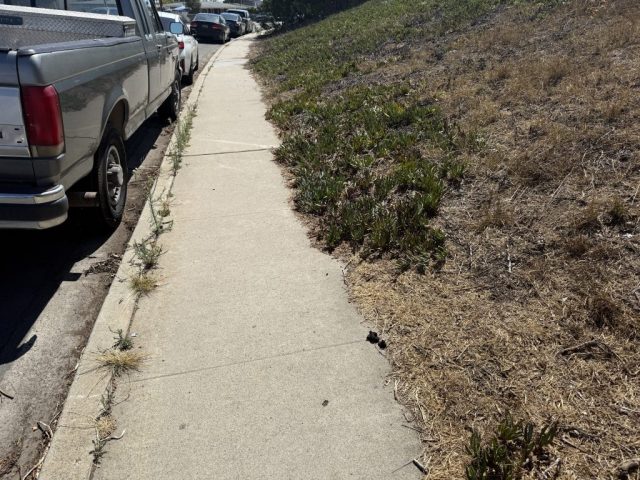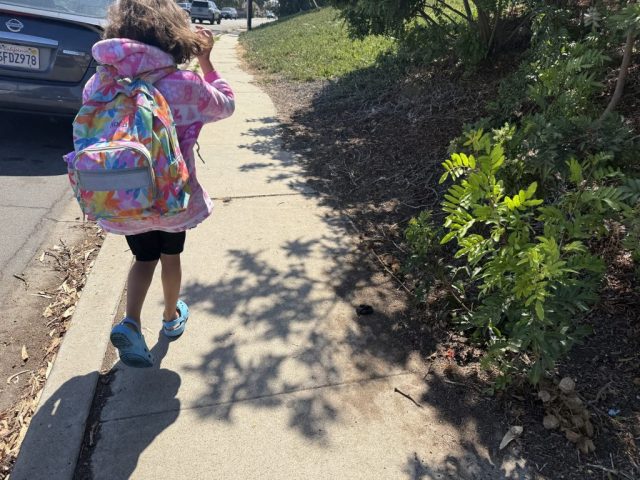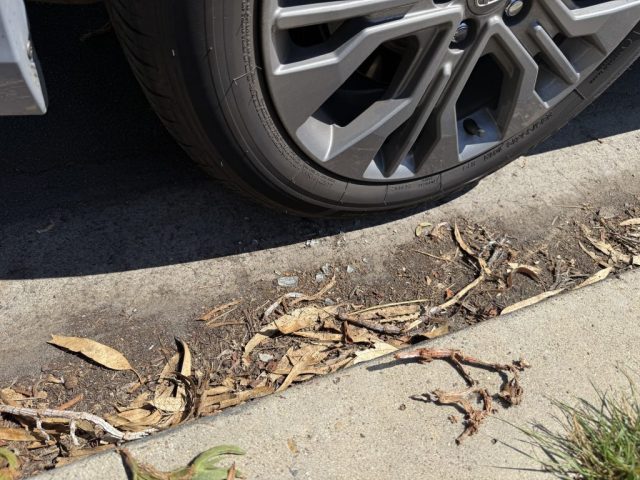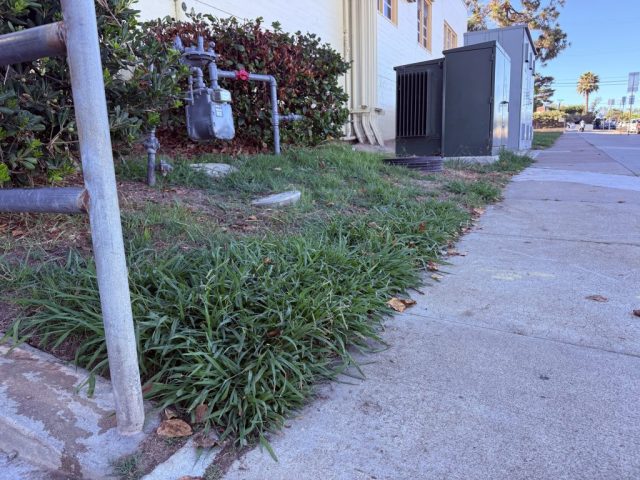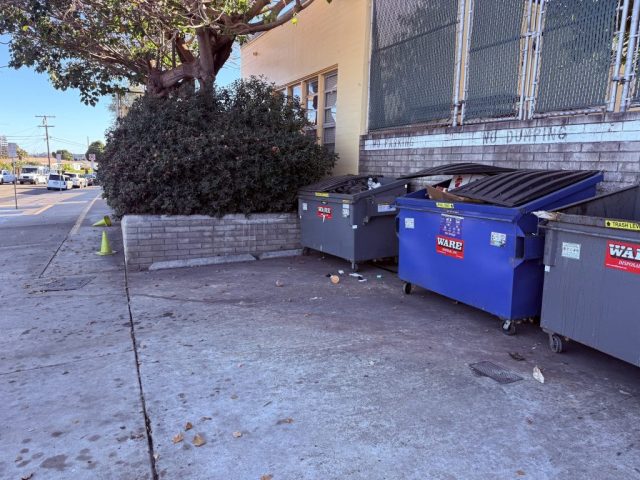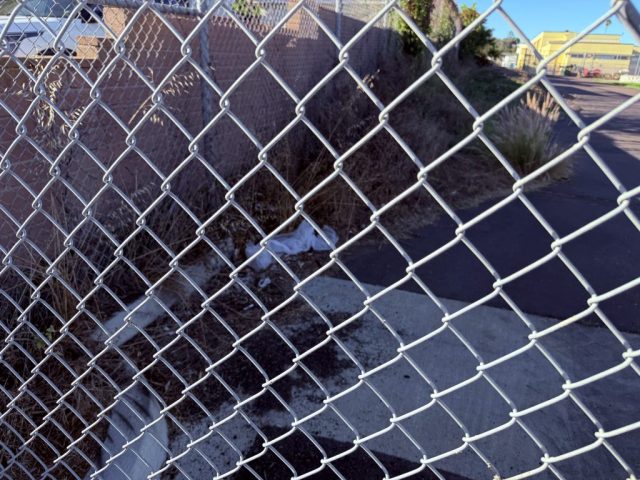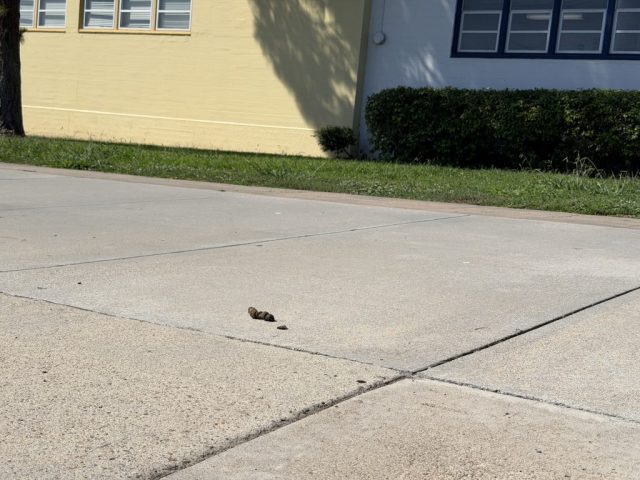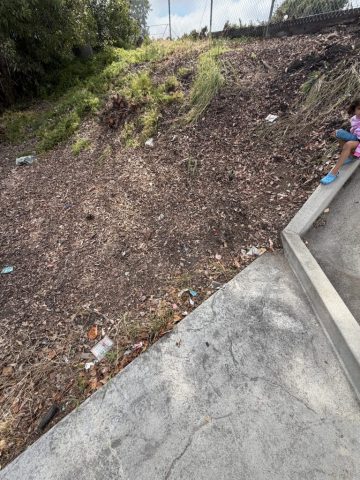We moved from Vermont to San Diego with our two daughters, both diagnosed with autism, after careful research on local resources. We were drawn by reports of strong support services, including inclusive camps, a wide range of providers, and highly regarded schools. We were also seeking more accessible options for routine care, such as dental and vision services, which previously required out-of-state travel.
Our daughters were enrolled at Carson Elementary School, 6905 Kramer St, San Diego, CA 92111. The school sits down the street from the University of San Diego and Francis Parker School, tucked into a wartime-era neighborhood that has housed immigrant families since the late 1960s. The streets are lined with bushes that obscure the older homes from view, creating a hidden enclave just steps away from these well-known landmarks.
Coming from Vermont, we were optimistic. We expected schools in such a prominent area to reflect strong resources and attentive administration. While Carson had low ratings, we hoped they reflected the diversity of the community rather than a lack of support or systemic challenges. Unfortunately, what we encountered was far from our expectations.
The School Assignment
We live in Morena, but our daughters were placed at Carson Elementary in Linda Vista, a school with over 90% low-income and majority Hispanic enrollment. Other nearby schools, such as Bay Park and Angier Elementary, are within a nine-minute drive of our home and serve higher-income families, appearing better maintained and resourced. While San Diego Unified states that boundaries are based on factors like school capacity, housing, traffic, and walkability (Administrative Regulation 5116 and Board Policy 5116), in practice these criteria reinforce existing disparities. Carson serves lower-income families, while higher-income areas like Civita feed into schools with more resources, resulting in clear inequities just minutes apart.
First Impressions at Carson Elementary
From the moment we arrived at Carson Elementary, we noticed how neglected the campus was. There was broken glass, trash on the sidewalks, and dog feces near the entrance. Our girls wore Crocs to school and came home with them stained in a tar-like substance from the grounds. For parents of children with autism, details like this matter. Clean and safe spaces are part of helping our children feel regulated and supported.
Inside the classrooms, some of the teachers clearly cared, but caring alone was not enough. Our girls needed special education services, consistent speech therapy, and responsive leadership. What we encountered was the opposite. During the first week, the special educator, Anne Stuart, told us that Carson was a Title I school and that they “try their best,” but she had 22 students on her caseload. She suggested that we consider other schools in the same district, where the resources and support for children like ours might be more robust.
The Principal’s Failure to Lead
The principal of Carson Elementary, Lucille Ciudad Real, was unresponsive from the very beginning. I tried to arrange for our children’s records to be transferred from Vermont before the school year started. Because the principal never responded, I had to come to the school twice during the summer. That set the tone for everything that followed.
During the school year, things got worse. Our daughter Nora sometimes needs a few extra minutes to exit our van. Instead of helping us, Principal Ciudad Real told us we could not use the safe pick-up and drop-off area like other families. We were told to park across Coolidge Street and walk both of our daughters across traffic where cars speed, where people jaywalk, and where accidents almost happen every day. Our children’s safety was treated as an inconvenience.
We asked to meet with the principal, but she never once sat down with us. There was no effort to hear us, no attempt to problem-solve, and no accountability.
Daily Failures That Hurt Our Daughters
The first day of school was terrifying for us as parents. The girls’ teachers were not aware that Nora and Ella had IEPs. There was no one available to help them, and we felt like we had just thrown our daughters to the wolves.
Other daily struggles included:
• During the second week of school, Nora’s teacher could not even find her at dismissal.
• Ella came home with a full lunchbox day after day, because nobody helped her open her food. She does not yet have the fine motor skills to manage packaging on her own. She also wet her pants almost every day at Carson because there was no plan in place to support her needs.
• Their speech-language pathologist admitted they had not been using the girls’ AAC devices because the volume was too low, despite the fact that I had given them the guided access passcode so they could make adjustments. The AAC devices are their voices, and leaving them unused was unacceptable.
• When we were given draft IEPs, we noticed that the pronouns were wrong, clearly copied and pasted from another student’s paperwork. That showed us how little care and attention was being given to our daughters’ plans.
For children with autism, every lost day matters. Language development opportunities diminish with age, and the window for progress narrows after 9 years old. These daily failures were not small inconveniences. They were lost opportunities that could impact our daughters for the rest of their lives.
A Broken Complaint Process
When we filed a complaint through the district’s Uniform Complaint Process, we were assigned an investigator named Nicolette Wolfrey. She was the only person who communicated with us consistently. She did her best, but even she told us there was not much she could do other than try to encourage the principal to act. That is the problem. The district gives principals all the power, even when they fail, and there is no real system of oversight.
The complaint process felt like a dead end. Instead of accountability, it pushed everything back to the same unresponsive principal.
San Diego Unified’s Deaf Ears
We tried to get help from San Diego Unified leadership. We contacted Anthony DeLuca, Program Manager for Special Education. He told us to wait and see and promised to call back, but never did. We reached out to Dr. Angelia “Niecy” Watkins, Executive Director of Special Education, but she ignored our concerns. The district even has an Equity Team, run by Ebonee Weathers, but when I asked her what the team has actually done to promote equity in schools like Carson Elementary, she could not give an answer.
Parents have been talking about these inequalities for decades. Articles written years ago pointed out how families leave San Diego because of the school system. We now understand why.
The Breaking Point
At Carson’s open house, one of the teachers mentioned that they were relieved the library was open this year, because the library had been closed the year before. This is a school with some of the lowest reading scores in the state. Yet children went a full year without access to a library. That told us everything we needed to know.
After just one month at Carson Elementary, we made the difficult decision to move to a neighborhood served by the Poway Unified School District. We enrolled our daughters there, hoping they would finally be supported and given the opportunities they deserve.
What Needs to Change
Carson Elementary School at 6905 Kramer St is just one example, but it shows a much bigger problem in the San Diego Unified School District.
Principals need accountability. Parents cannot be ignored when children’s safety is at stake.
The Equity Team must act in real ways, not just exist in name only.
The Uniform Complaint Process needs power behind it. Families should not be forced into endless loops of bureaucracy.
District leaders must respond to parents. Silence is unacceptable.
Our daughters have autism. They deserve a chance to learn, to communicate, and to grow. Carson Elementary and San Diego Unified failed them. No family should have to go through what we went through.
